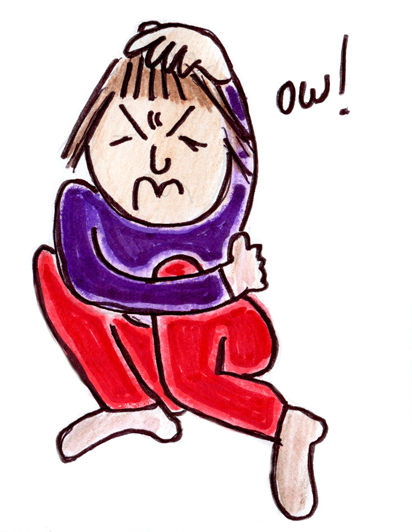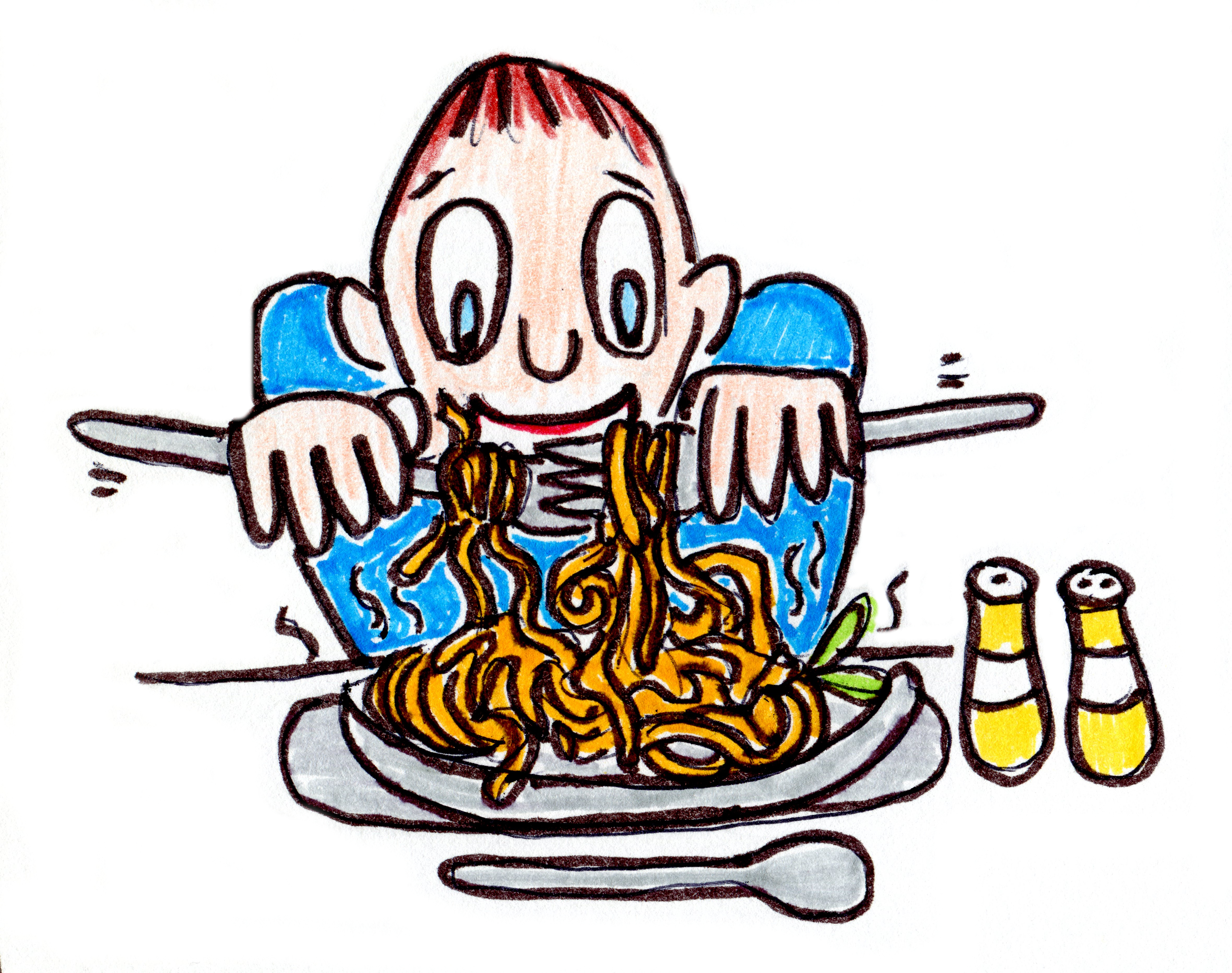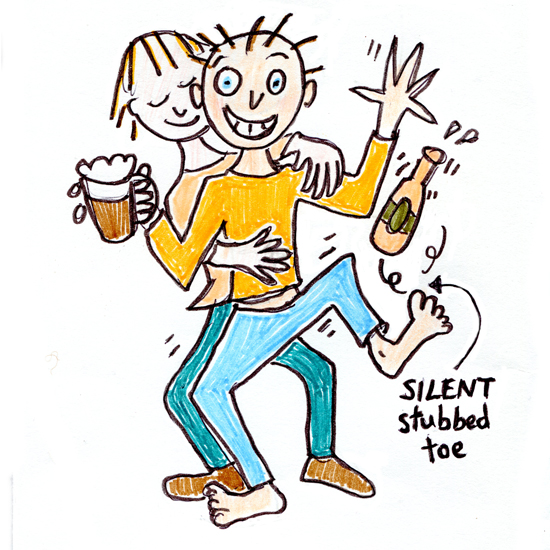Reframe, Soften and Release Pain. Feel healthier and happier. Feel more Ease and Vitality
‘My lower back pain has been so much better since our sessions.’ – Stephen.
‘You were a massive godsend when I was very unwell, and feeling very vulnerable. Thank you.’ – M Thompson.
‘I would highly recommend Spike to anyone looking for support around physical and mental health needs.’ – K Bailey


If you want a quick fix for nagging aches and pains, choose a massage, because pleasing touch is well proven to be anti-pain (analgesic). Deep tissue massage, sports massage and Thai massage are my most popular massage treatment requests. See my ‘massage’ page for more information on all the types of massage I offer. Treatments will always be tailored to suit you, and I can combine a number of styles depending on your needs and preferences.
However, if you’re looking for a longer term, more permanent solution to chronic pain, it’s well worth choosing some of the other evidence-based pain relief methods I offer in addition to massage. I suggest this because, while massage and other related hands-on therapies can give short term relief from nagging aches and pains, unless you’re lucky it’s likely that any long-term habitual patterns of pain or discomfort will return sooner or later. Usually we need to address your persistent pain patterns in other ways too.
How I work with persistent pain
My most effective approaches to pain include TRE (tension release exercise); embodied healing, and positive neuroplasticity. Have a look at the other pages on my website for more information on each of these methods. As needed, we can also include lighter or deep touch treatment, mapping (to refresh the feedback loop from your nervous system to your tissues) and methods to clear dissociation, which is often a crucial piece in softening and releasing persistent pain.
I can combine approaches for you, or you can choose the one that most appeals to you. When you come for a treatment we’ll chat about how you’re currently experiencing your pain, what’s helped in the past and what hasn’t and how you feel about your health at the moment. This is all useful information to help us understand how your unique system processes pain signals. Some days, if you’re feeling weary, you might simply want to relax and receive treatment. Other times, you might want to take a more active role in the session, and we can also explore slow and mindful movement to refresh your body’s processing. Whatever is right for you on the day is fine.
Book a treatment with Spike – all treatments are £60 per hour
One of the most useful things I do with clients experiencing long term, chronic pain is to explain a little about how pain is made. Research shows that really understanding what keeps your pain signal going can by itself soften the signal.
In recent years pain science has revolutionised our understanding of persistent pain. We used to talk about ‘pain management’: chronic pain was seen as something that had to be tolerated. Now we know that our pain experience is hugely negotiable; we can learn how to modify chronic pain signals and eventually, with practice, release pain altogether. This is something we can look at together. If you’re interested to know more about the pain science, read on below.
Modern Approaches to Pain Relief
The latest scientific research about recurring pain is hugely hopeful. And at the same time, changing your understanding of pain can be a bit like trying to change your most dearly held beliefs or the sports team you’ve supported all your life: many of us find it really hard to do; almost unimaginable. It’s certainly counter-intuitive, and goes against almost everything we bodyworkers have been taught even in the most prestigious schools of anatomy and physiology.
Have you ever been told (or do you tell yourself) that you have pain because of poor posture, weak muscles or tight connective tissue, or that you can’t move comfortably due to injuries from months or even years ago? That was the old model, the old understanding of pain. We now know that the condition of your body’s tissues alone is never a sufficient reason for recurring pain. But your brain processes all those negative thoughts, words, beliefs and opinions as danger signals and may use them to create even more discomfort.
‘The words we use and the stories we tell ourselves are not casual. They have a downward driving force on how we experience our physiological states.’ – Steve Haines, Pain is Really Strange
‘We don’t treat muscles, we don’t treat fascia, we don’t treat tendons, we ‘treat’ people with nervous systems!’ – Adam Meakins, Physiotherapist
Pain has much more to do with your brain and nervous system than with your tissues, muscles, tendons and joints. Be cautious if any well-intentioned person tells you you’re hurting because of long term ‘issues in your tissues’ such as badly-aligned bones or tight muscles. We simply cannot predict how much pain someone will have, or how well they will perform athletically, by looking at their body alignment or x-rays. Chances are, seeing a practitioner who only works on your tissues may give you short term relief by creating an immediate sense of reassurance and safety, but sooner or later new pain signals are likely to override the temporary fix.
‘A strong, refined, detailed and coordinated representation of information from any given region of your body is, by its fundamental nature, anti-pain.’ – Prof Michael Merzenich
Your brain is using real biological channels to create real sensations in your body – all pain is real – but pain is an output from your brain and your nervous system. People with happy lives tend to feel less pain.
You can test this for yourself. Look out for exceptional moments when you’re not in any pain or discomfort: what were you doing, thinking, feeling just then? It’s likely that you were happily distracted, or at the least very engaged with something else. Have you ever noticed a bruise and wondered how you got it, because you don’t remember hurting yourself? You were probably doing something so diverting at the time, your brain never sent a pain signal. When an ‘event’ happens to your body, such as bumping into a table or banging your knee, your nerves send messages to your spinal cord and your brain, and your brain deciphers them and may – or may not – send a pain signal back. This depends entirely on context. My partner’s recent knee injury doesn’t hurt at all when there’s tasty food on the table.
Whether or not your brain creates recurring pain is hugely idiosyncratic. It depends upon context; upon your past experience, your expectations, what you’re doing, your emotions, beliefs, memories, opinions and thoughts, as well as, but not necessarily always including, input from your tissues. Your pain has its own unique autograph – technically called a ‘neurosignature’.
And yes, when you’re not feeling any pain, it really doesn’t exist!

If you have ongoing pain, by all means get a check-up to rule out anything exceptional. But otherwise remember that trying to fix your pain simply by trying to fix your body can be like trying to put out the smoke rather than the fire. The stress, worry, or negative beliefs and difficult or traumatic, undigested life events are still smouldering away, ready to create more pain.
The Bio-Psycho-Social-Plus model means it’s helpful to explore everything that’s relevant to you and your life in order to find ways soften your pain signals. And remember, each pain experience is a new event (pain is not ‘stored’ in your body). It’s worth getting curious about your shifting experience of pain. What size is it just now? What shape? Does it have a colour? Is it fat or thin, moving or still? If it was an object, what would it be? Notice whether paying attention changes things.

Things to Try
Motion is Lotion (as Butler and Moseley, the Pain Professors, might sing)
It’s a good idea to swap any really painful movement patterns for more soothing ones, because you don’t want to strengthen the association between a particular movement (that gym crunch?) and attention-grabbing pain. If you continue to do stuff that hurts a lot, your brain is likely to reinforce the ‘this-particular-movement-causes-pain’ connection. But we can unlearn pain by creating subtle, mindful changes in how we move, and by relaxing into new and playful movements, which in turn create nourishing new neural patterns that our brains will love.
Moving regularly, particularly in varied ways that are natural for a human body, helps your tissues to stay in the best possible condition. Tissues that are healthy, hydrated and oxygenated are less ‘flammable’, less likely to provide extra fuel to a pain signal. Know that you can be a little sore, but still safe. That’s just fine. And we can work together to find your safe, new movement patterns.
Clearing dissociation
Refreshing your neural signals with mindful movement can also help to clear physical dissociation. This, in turn, can help your protective alarm mechanisms to calm down, because your sympathetic nervous system is less activated. So getting in touch with ‘silent’ or hazy, hard to feel areas of your body is really good for general health and wellbeing. And it’s especially helpful if you turn this awareness into simple whole body movements that you can tune in to every day.
Can you experience the warmth of your belly right now? Can you feel each toe individually, or does it seem as though some are missing, blurred together, or fading away into the distance? Give them a wriggle and see what changes.
Usually we’re not even aware that some body parts that are harder to feel, until we start to explore. This is something we can work on together. Waking up the silent, or withdrawn areas helps to calm down the noisy, troublesome ones. The changes may be slow and subtle, but they can also be immediate, marvellous and magical. I really hope you’ll enjoy experiencing these beneficial changes.
We really can train our fantastic bioplastic brains and bodies to feel more health and happiness!
Book a treatment with Spike – all treatments are £60 per hour
